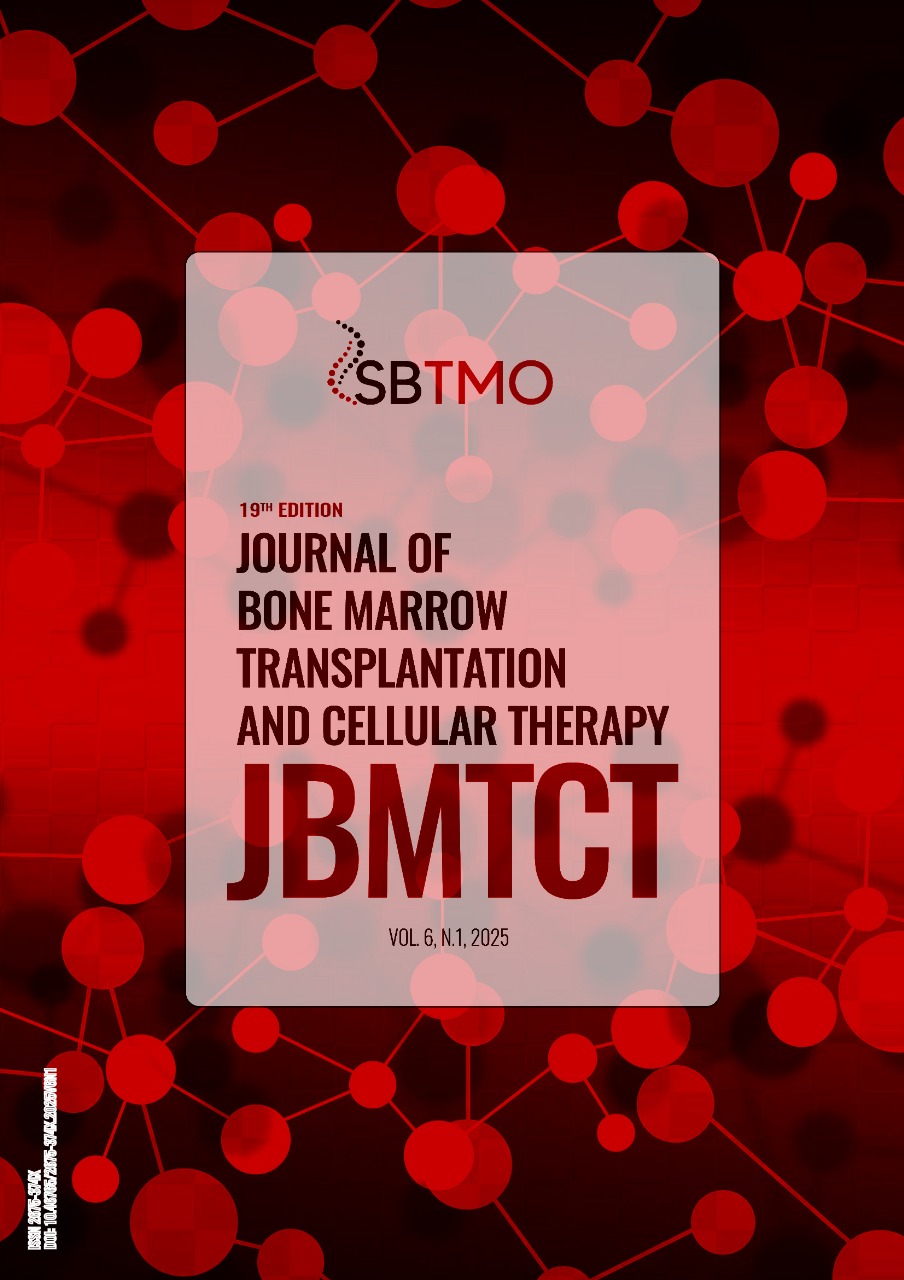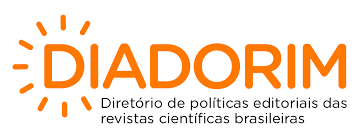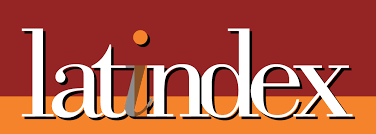The Effectiveness of the Multiprofessional Approach in the Pediatric Rehabilitation of Chronic GVHD: The Specific Contribution of Occupational Therapy
DOI:
https://doi.org/10.46765/2675-374X.2025v6n1p252Abstract
Este estudo relata o processo de reabilitação em terapia ocupacional de uma criança de dois anos de idade com Doença do Enxerto contra o Hospedeiro Crônica (cGVHD), afetando múltiplos órgãos e articulações, impactando seu desenvolvimento neuropsicomotor (NPMD) e funcionalidade. O método utilizado foi o relato de caso, respeitando os protocolos éticos. A avaliação incluiu a Análise Observacional dos Marcos do NPMD e a Escala de Avaliação Funcional para GVHD Crônica (NIH). Com base nos resultados, utilizamos a Classificação Internacional de Funcionalidade, Incapacidade e Saúde para Crianças e Jovens (ICF-CJ) para categorizar os objetivos das intervenções terapêuticas. A intervenção seguiu quatro etapas: avaliação inicial, definição de objetivos, aplicação do Brinquedo Terapêutico Habilitador de Funções Fisiológicas (TP) e reavaliações periódicas. Após 27 sessões, houve melhora na amplitude de movimento das articulações afetadas, aumento da resistência respiratória e avanços no NPMD, incluindo deambulação e habilidades motoras finas, como alimentação. Os resultados demonstram a eficácia da terapia ocupacional na recuperação funcional e na promoção da qualidade de vida. Conclui-se que a intervenção precoce, integrada a uma equipe multidisciplinar, é essencial para minimizar os impactos da DECHc, prevenir sequelas e favorecer o desenvolvimento infantil.
Downloads
Published
How to Cite
Issue
Section
License
Copyright (c) 2025 JOURNAL OF BONE MARROW TRANSPLANTATION AND CELLULAR THERAPY

This work is licensed under a Creative Commons Attribution 4.0 International License.









